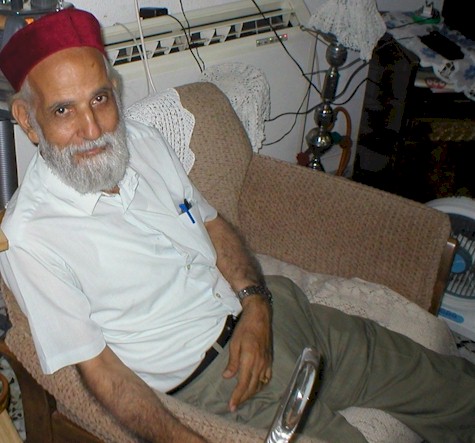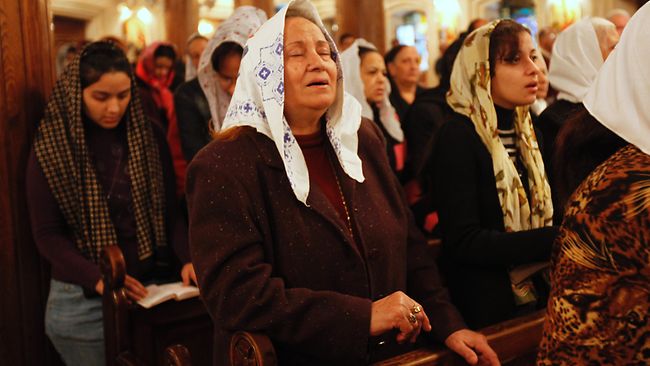Alan
Elite member
- Messages
- 2,517
- Reaction score
- 450
- Points
- 0
- Ethnic group
- Kurdish
- Y-DNA haplogroup
- R1a1a1
- mtDNA haplogroup
- HV2a1 +G13708A
I haven't seen any facial reconstruction of Natufians, but from the data I can imagine from their genome, my impression is that they resembled more closely modern South Egytians or even Ethiopians than modern Levantines or Saudis.
I agree that they didn't look that much like Arabians or Levantines because those have obvious Iran_Neo admixture (even Arabians) and some SSA admixture, but Ehtiopians are even more different aDNA wise, in being halfway SSA admixed which is even more different to Natufians aDNA than WHG is. From the wording of the paper and How I understood it Natufians were basically Basal Eurasian+ a WHG like people themselves. Also the West Eurasian in East Africans is actually Levan_Neo and not Natufian derived.
What I believe is that they were very dolichocephalic people similar to how you find them today in Ethiopia, the reason why probably some anthropologists of the past thought they look "Sub Saharan". Though this is quite weird considering the jaw/teeth region of the Natufians looked not really like that of Sub Saharans. I assume the authors used Ethiopians as Sub Saharan proxy than, since they have Jaws more similar to that of West Eurasians => http://www.haaretz.com/polopoly_fs/...g_gen/derivatives/landscape_640/444315202.jpg
They were hyperdolichocephalic like many people in Ehtiopia, Egypt and South_Levant. However I don't believe that they were identical based on skin pigmentation or facial features to any of them. Most Ehtiopians are simply Black pigmentated, while modern Levantines are slightly too light pigmented. I think they had facial features that is still exclusive to this circle region of South Levant, Northwest Arabia and Egypt and Ethiopia. Occasionally you find facial features that connect Sub Saharan mixed Ethiopians with South_Levantines even. I often see faces in Ethiopians that scream Egyptian or "Arab" derived if it wasn't for their SSA pigmentation.
In my opinion the Natufians were basically a dark pigmened physically West Eurasian people. They can't have been physically different if they were genetically very much like Levant_Neo.
I believe we find occassionally Natufian derived facial features, all in the Levant, Ethiopia, Egypt and Arabia but I don't think any of these people show a special resemblence to the Natufians by majority of their respective populations.
This is one of the faces I think could be Natufian derived. Have seen Ethiopians with very simlilar facial structur. Darker skin, brown eyes and dark hair, fits well the description of the Natufians.
https://lovingtelaviv.files.wordpress.com/2008/07/boazmauda31.jpg
This Egyptian has also a face that imo was found among Natufians, and that I have often seen among Ethiopians but with Black pigmentation.
http://c8.alamy.com/comp/FJGWHM/two...stained-thumbs-after-casting-their-FJGWHM.jpg
Here is some Ehtiopians with similar facial structure. They look like Sub Saharan pigmented versions of those above.
http://www.addisgag.com/uploads/da11e8cd1811acb79ccf0fd62cd58f86.jpg
http://www.painetworks.com/photos/ka/ka6898.JPG
http://thumbs.diretube.com/905Ethiopian_Police.jpg
Last edited:


_-_Samaritans_praying_during_Passover_holiday_ceremony_on_mount_Grizim.jpg)





.jpg)